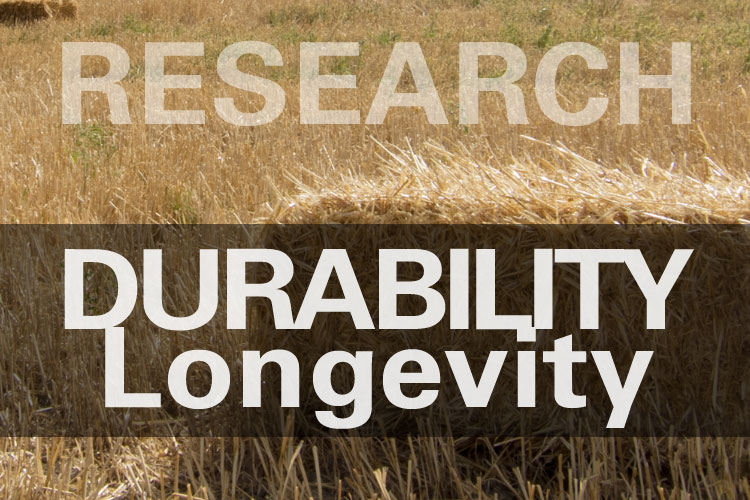In this study, three groups of models based on regression analyses of the critical time required for the growth of mould fungi on pine and spruce sapwood are presented.
The first group of models describes the response time needed for the development of the initial stages of mould growth on wood and the second group of models describes the response time needed for the visual appearance of mould fungi. The models are based on the results of exposing wood to different mould fungi in static humidity and temperature conditions. The third group of models implicates the fluctuation of humidity conditions in the initial stages of mould growth based on the mould exposures in a limited number of fluctuating or alternating humidity conditions. An aspect of surface quality (kiln-dried surface, normal sawn surface) and wood species (pine, spruce) are included in the models. In continual humidity exposures at RH above 80% (water activity above 0.8) for several weeks/months, the risk for mould growth in pine and spruce sapwood exists when the temperature is between 5 and 50°C. Between 0 and 5°C, the growth of mould fungi is slow and expected only when the water activity is above 0.9. At RH above 95% (water activity above 0.95), the critical time needed for the visual appearance of mould fungi in wood is only a few days, when the temperature is between 25 and 40°C, and approximately 4 to 8 weeks when the temperature is between 10 and 20°C. Within the same temperature and humidity conditions, the critical response time for mould growth on the original yellow surfaces which had been exposed to the atmosphere during kiln drying of wood is shorter than on samples taken at 7mm below the original surface. In fluctuating humidity conditions, when favourable and unfavourable conditions are alternating, the cumulative time of high humidity needed for the development of mould fungi is longer and the final rate of mould growth is lower as compared to the same total time in constant favourable conditions.
Author:
Viitanen, Hannu A.
Link: https://www.degruyter.com/view/j/hfsg.1997.51.issue-1/hfsg.1997.51.1.6/hfsg.1997.51.1.6.xml


